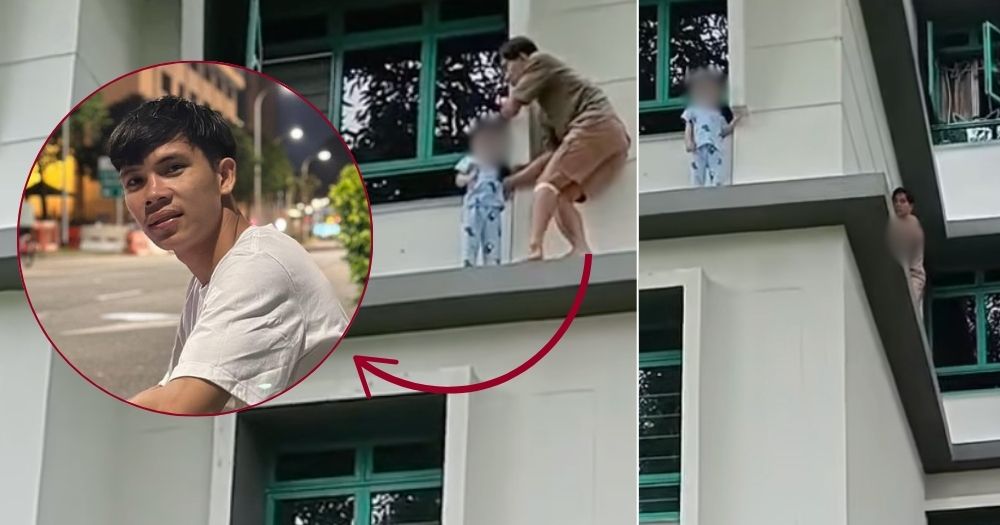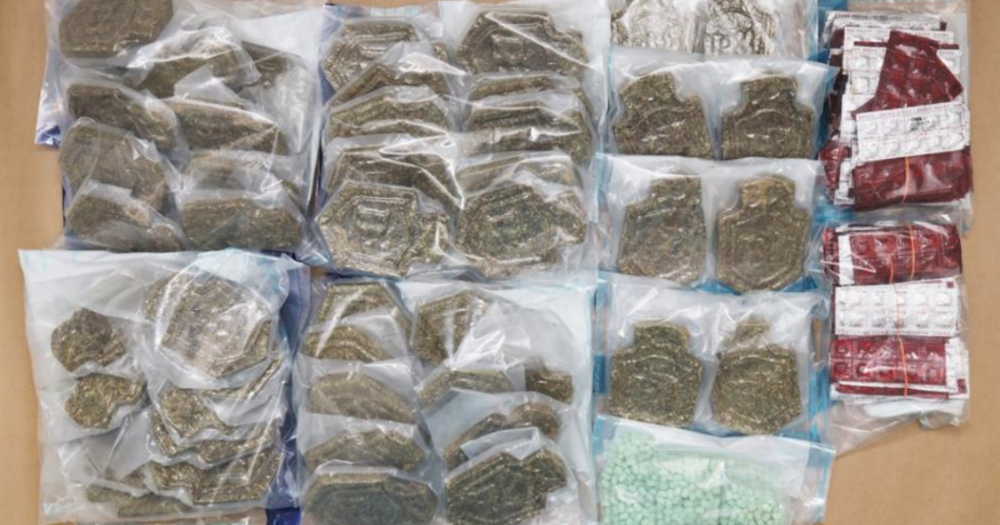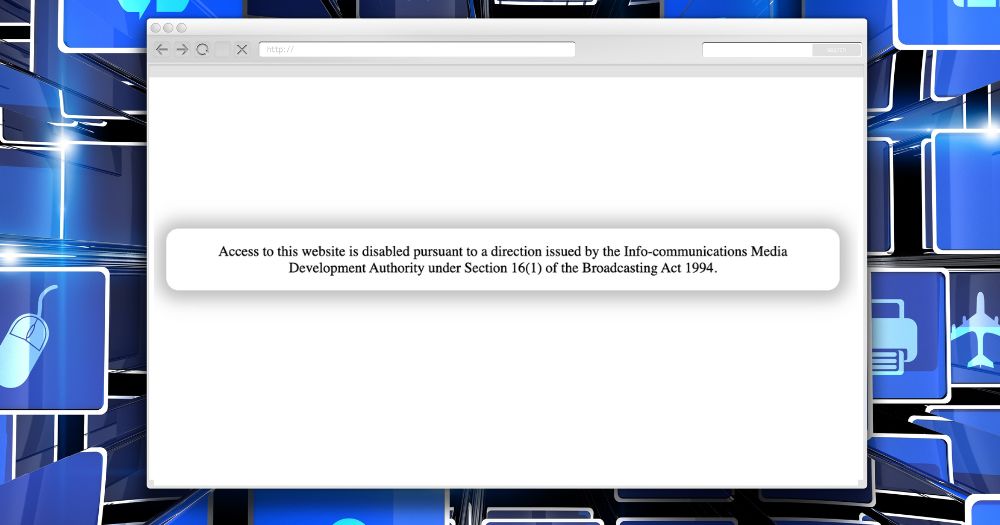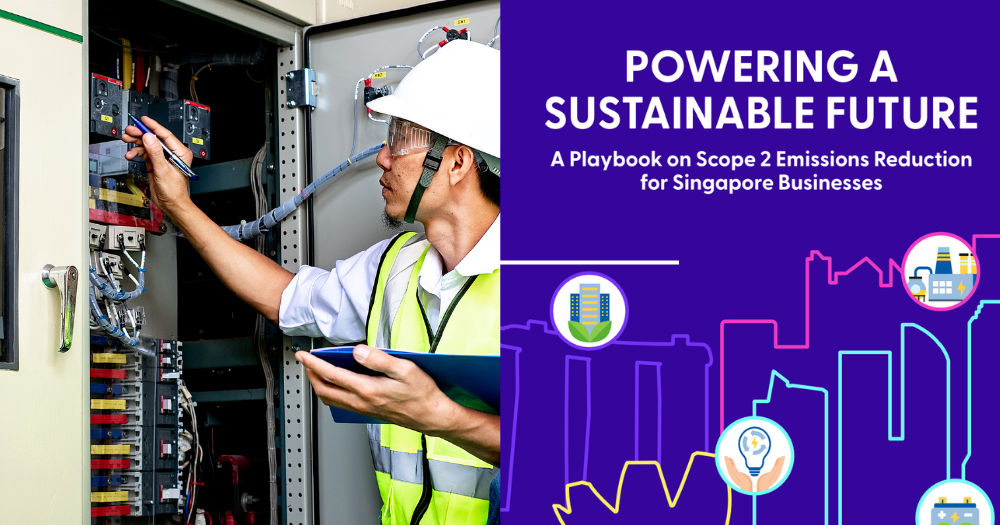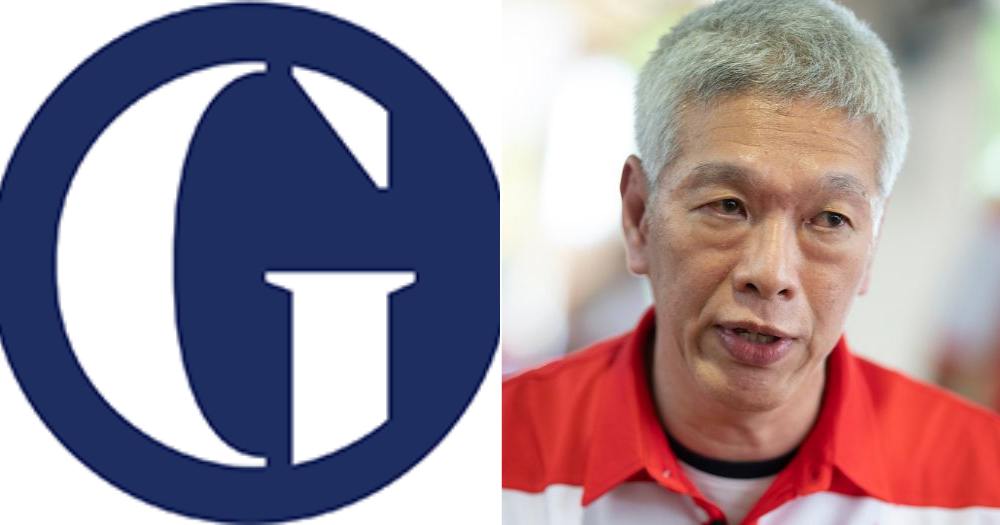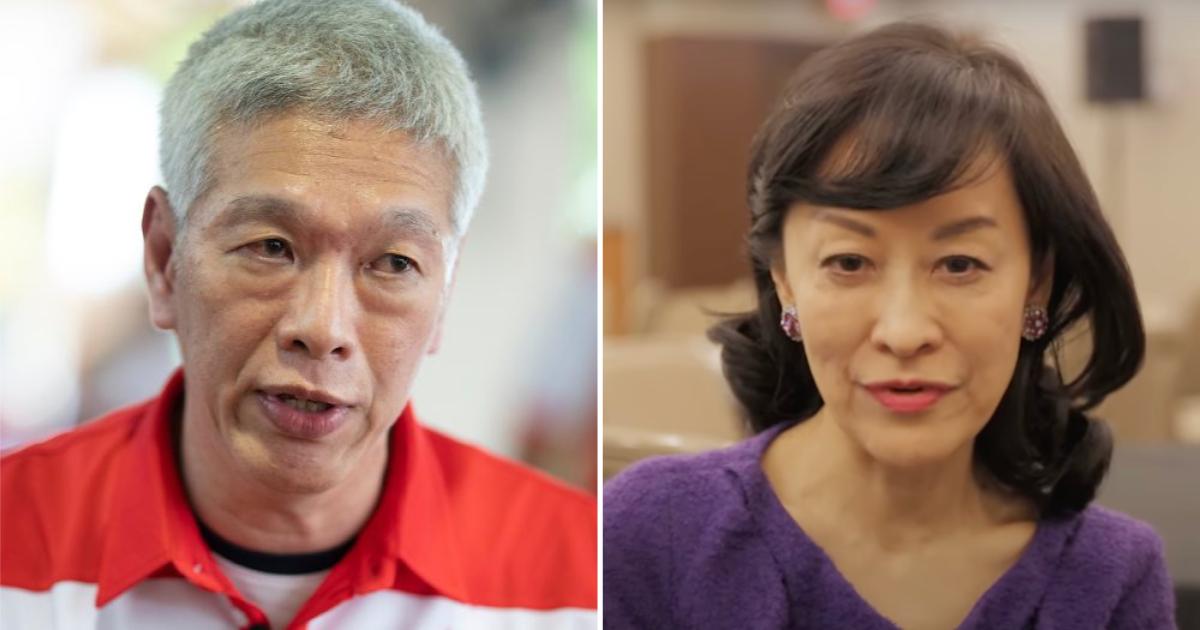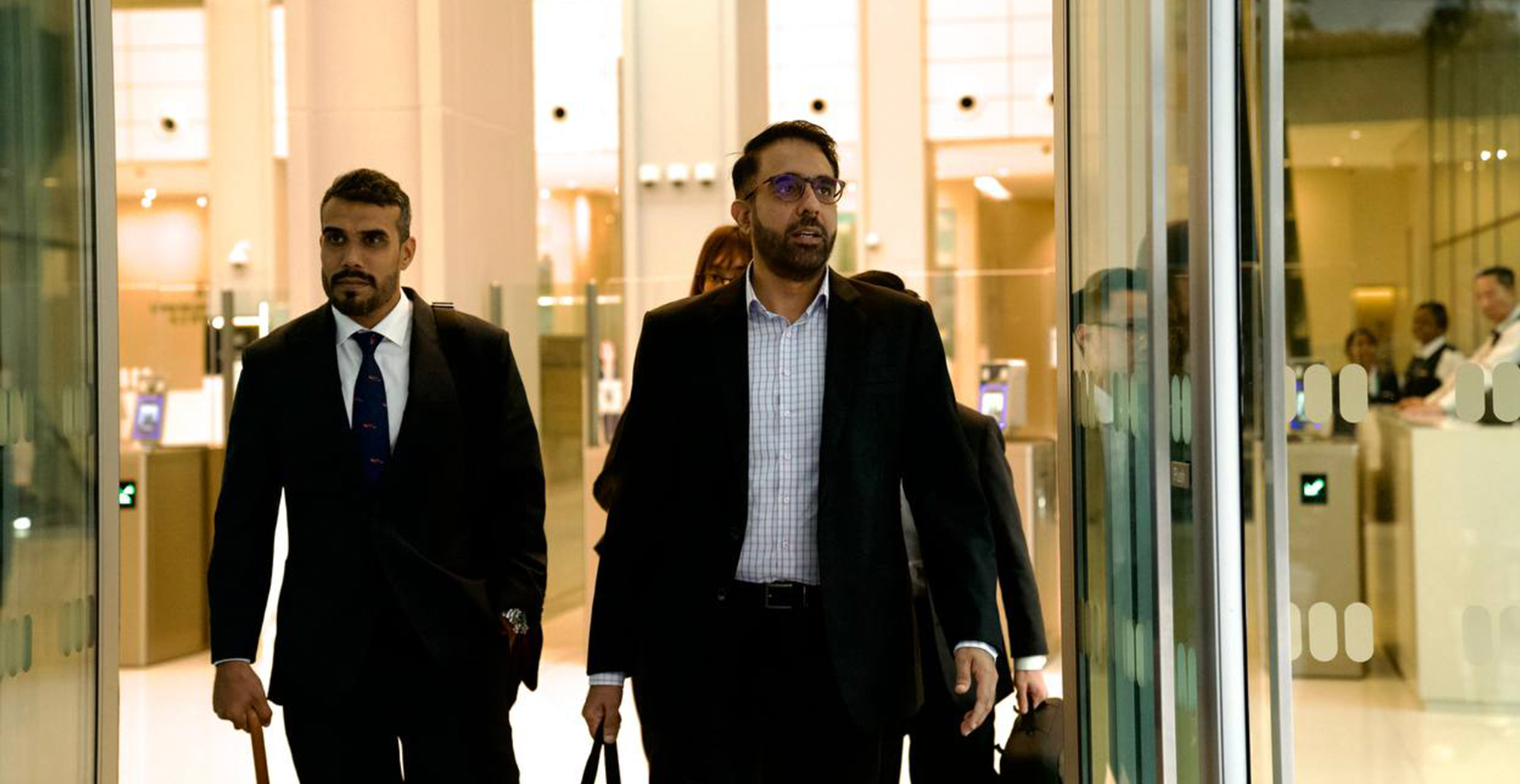4,300km undersea cable project to supply S'pore with solar power approved by Australia govt
Praise the sun.

Within the next decade, the lights in your house could be powered by sunlight in Australia.
A project to supply Singapore and the Australian city of Darwin with solar power collected in a desert in Australia, called Australia-Asia Power Link (AAPowerLink), has been approved by the Australian government.
The project is by SunCable, led by tech billionaire Mike Cannon-Brookes, which looks to build giant solar farms in inland Australia to supply up to 6 Gigawatts (GW) of 24/7 electricity to Darwin and Singapore via a 4,300km undersea cable:
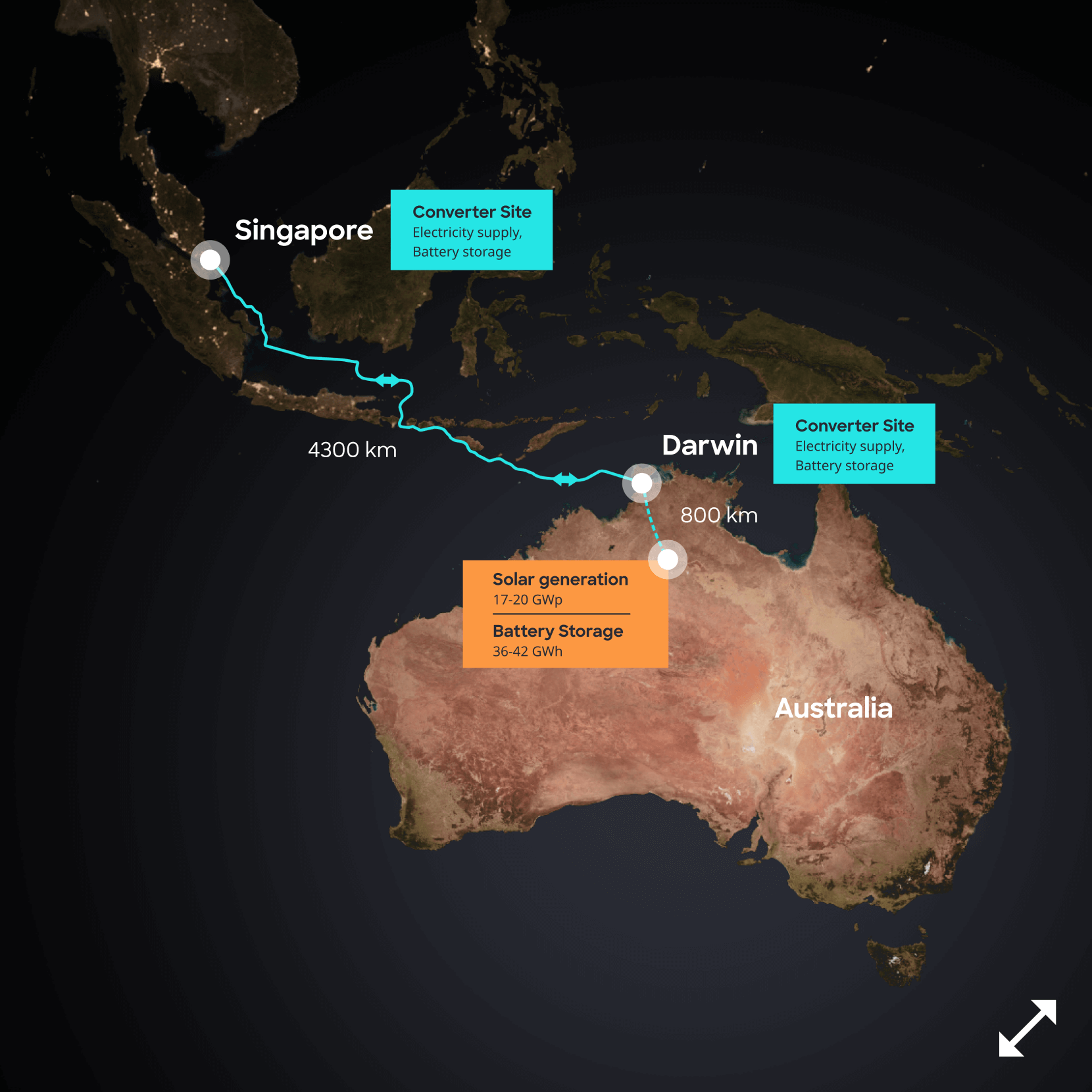 Diagram of undersea cable route from SunCable.
Diagram of undersea cable route from SunCable.
As can be seen above, the cable will be passing through the Indonesian archipelago to arrive at Singapore.
Solar power will be harvested via vast solar farms constructed in Tennant Creek, a desert in the Northern Territory of Australia (NT).
It could also be the biggest solar farm in the world.
SunCable had previously said that this could account for up to 20 per cent of Singapore's electricity needs, should the project go through:
Possibly by the early 2030s
If all goes well, electricity supply will likely begin in the early 2030s, SunCable said, though regulatory hurdles remain.
A final investment decision will be convened in 2027.
Secondly, the project will be crossing the Indonesian maritime border, so SunCable needs to secure regulatory approval from the Indonesian government.
Moreover, while the Australian government has approved the Australian component of the project, SunCable still remains in talks with Singapore’s Energy Market Authority (EMA) on the conditional approval application for the subsea cable interconnector component of the project.
EMA told Mothership that such a conditional approval is granted when EMA preliminarily assesses that a proposed electricity import project is technically and commercially viable.
"Potential electricity importers will be required to further develop their proposals and obtain the relevant regulatory approvals," EMA added.
To date, EMA has granted conditional approvals to projects from various sources, comprising 2 Gigawatts (GW) from Indonesia, 1 GW from Cambodia and 1.2 GW from Vietnam.
EMA also shared that Singapore is on track to import up to 6 GW of low-carbon electricity by 2035, which would make up about 30 per cent of Singapore's electricity supply by then.
Solar energy
EMA calls solar energy Singapore's "most promising renewable energy source".
EMA aims to achieve at least 2 gigawatt-peak (GWp) of installed solar capacity by 2030, meeting the annual electricity needs of around 350,000 households.
More and more solar panels are being deployed not just on building rooftops, as with the SolarNova programme launched in 2014, but over the water as well, such as over reservoirs and the Straits of Johor.
Temporary vacant land is also being used for the installation of solar panels, such as via the SolarLand programme helmed by JTC.
Top photo from Canva.
MORE STORIES









